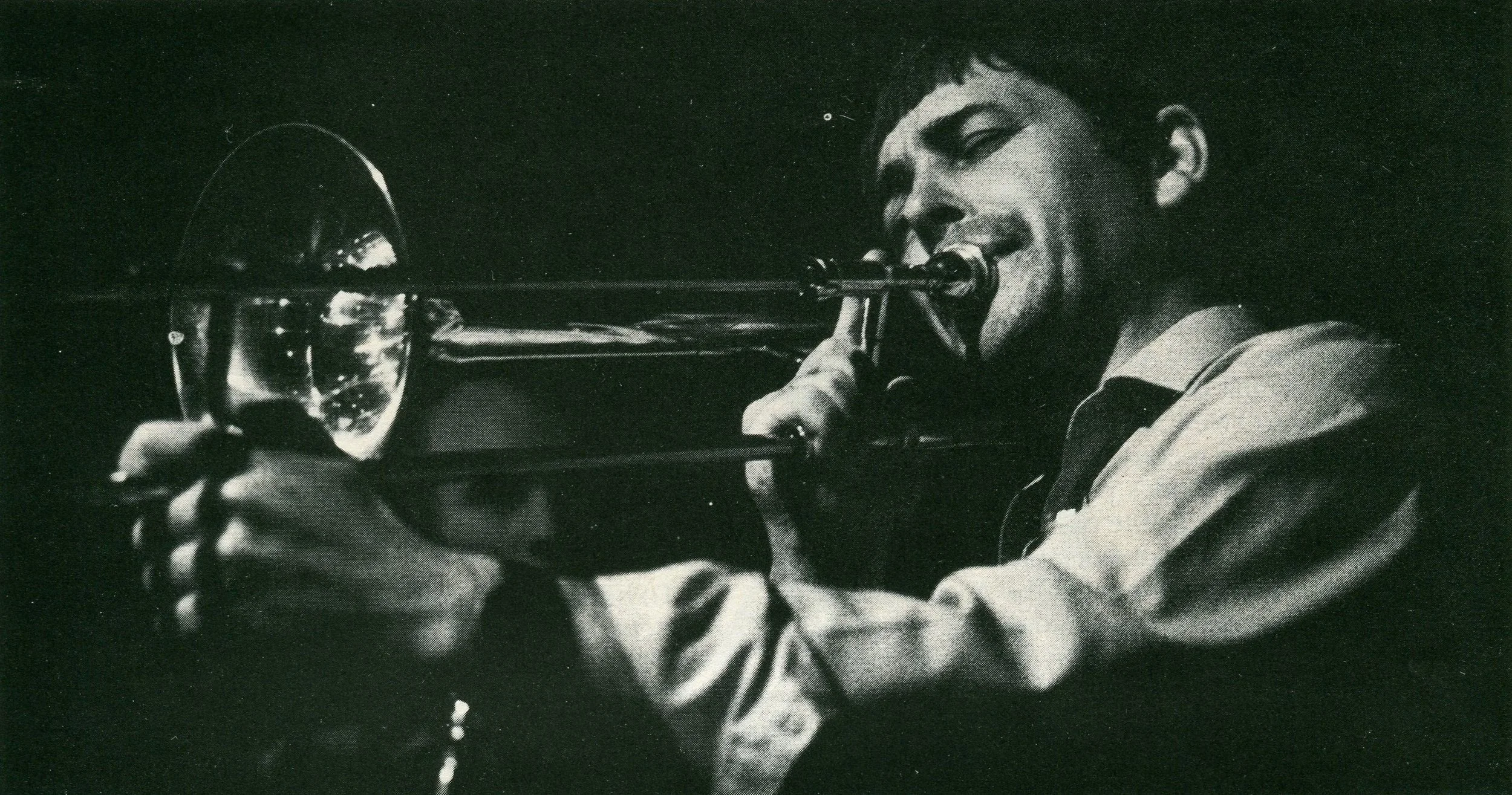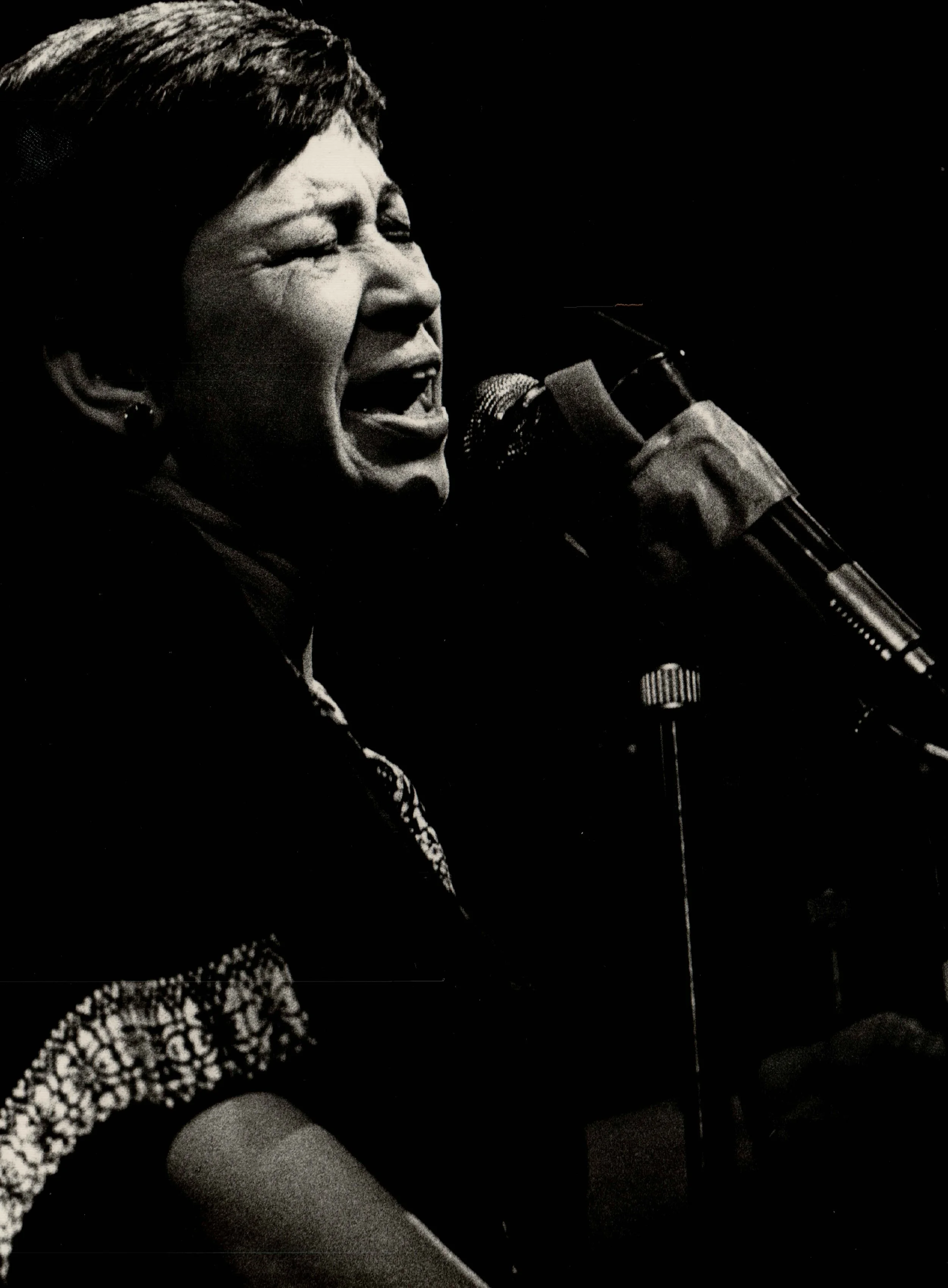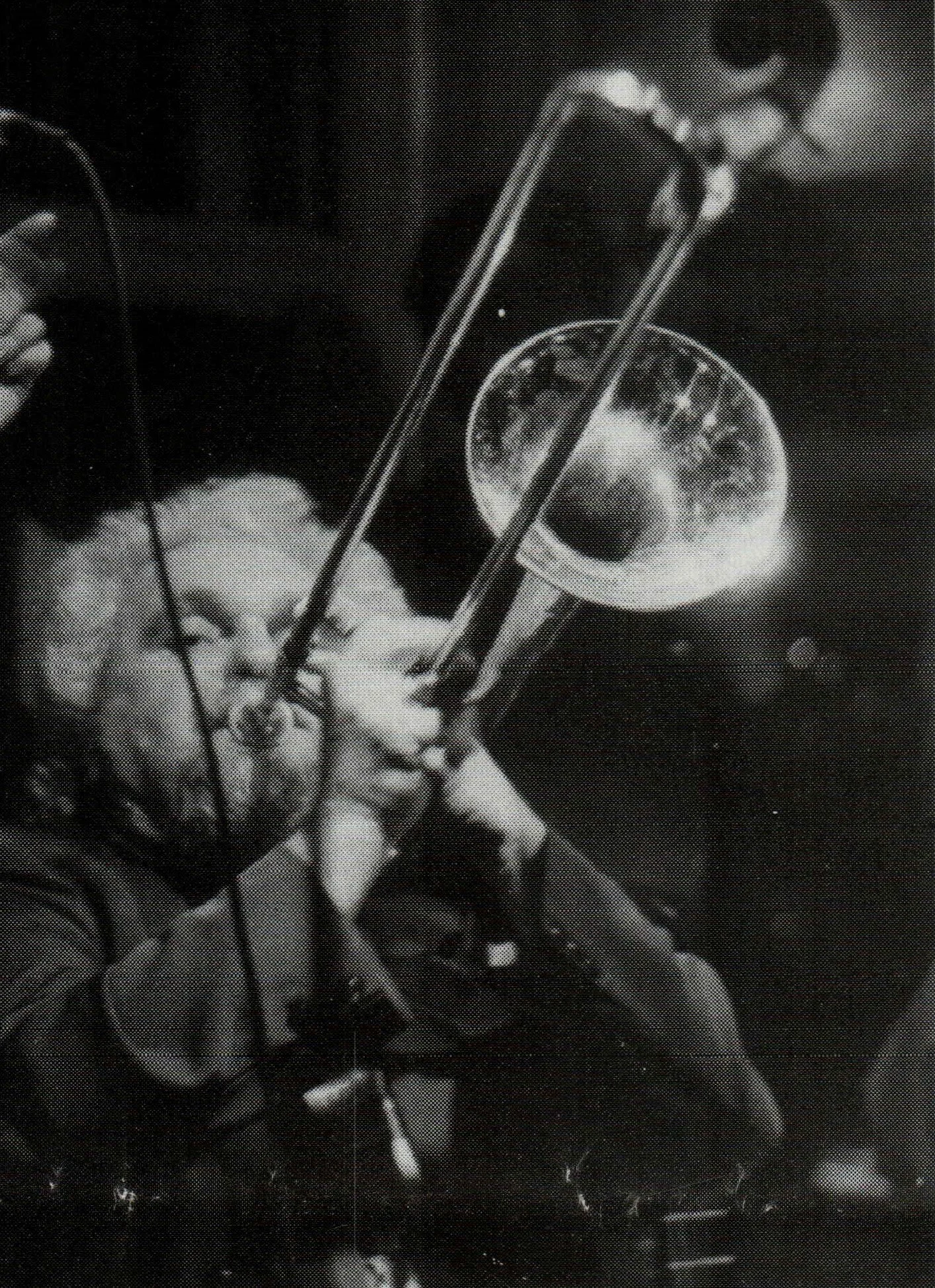BRUCE JOHNSON
This folder is dedicated to the writings of Professor A J B (Bruce) Johnson, perhaps best-known as the author of the Oxford Companion to Australian jazz (1987). A prolific writer on Australian jazz, his articles on this website already appear in many folders, and in the fulness of time they will hopefully be uploaded to this folder. Click on the INDEX button for a list of articles in this folder.
John Colborne-Veel
JOHN COLBORNE-VEEL: THE PLIGHT OF THE UNKNOWN AUSTRALIAN COMPOSER
by Bruce Johnson
APRA Magazine, March, 1984
I begin with an observation upon the jazz scene, because I know it best. The Australian Music Centre issued a book called Australian Jazz Compositions, in 1978. At 279 pages and, say, five songs per page, that's a listing of around 1,400 songs. Call it 140 LP records. Call it around ten three-hour concerts (allowing for breaks). A lot of music. But you would be hard put to find many songs in that considerable collection that have been played more than once…
Marie Wilson
MARIE WILSON: A MUSICIAN’S SINGER
by Bruce Johnson
Jazz Magazine, Winter/Spring 1984
The jazz vocalists in Sydney who can actually sing, can be counted on one hand (give or take). Too often they use jazz tricks to conceal problems of voice production — poor intonation, inappropriate breathing, simple musical ignorance. Fast and flashy scatting at indeterminate pitch, bum notes which, it is presumably hoped, will be perceived as harmonic adventurousness. Much of the time, and for most of the public, the flashiness carries the day (and this applies to the performances of a lot of instrumentalists as well as singers). Everything about this LP, and everyone on it, embodies the very opposite of all these things…
Roger Janes
THE ROGER JANES BAND: MAVERICKS WITH EARS
by Bruce Johnson
Jazz Magazine, March/April, 1983
Perhaps because of a longstanding sense of cultural inferiority, a standard Australian jazz pastime has been the slavish recreation of the work of some classic American group — the Hot Five, the Red Hot Peppers, Ellington. The members of the band have been coached to reproduce Louis’ solos, Dodds’ solos, Mitchell’s solos… It has been good to hear those old songs without the surface noise, but after that, what?


